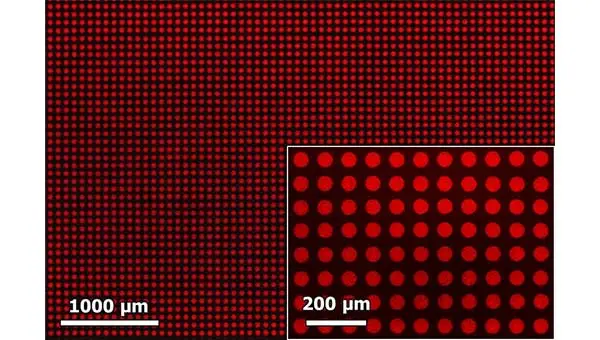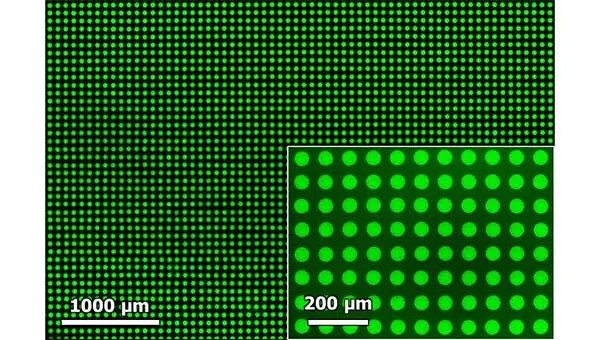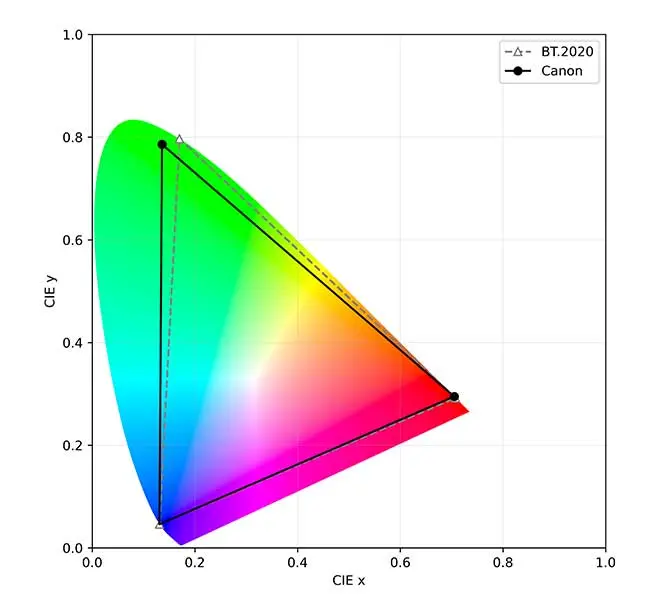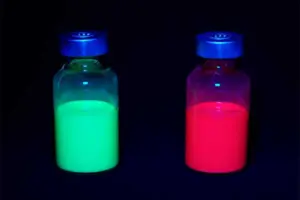Canon was said to have developed a new kind of quantum-dot ink recently. Now we have the details: the quantum dot ink is made from perovskite structures, which offer a promising path towards improved color range, lower energy usage, and an environmentally friendlier alternative to traditional quantum dot materials. The main breakthrough is overcoming the problem of durability, which had been a significant barrier to the use of perovskite quantum dots.
Canon’s announcement involves a significant advancement in the field of quantum dot display technology, with the development of a new kind of quantum dot ink made from a material structure called a perovskite. Quantum dots are nanoscale semiconductor particles that can emit light, and the size of the quantum dots determines the color of the emitted light. The smaller the quantum dot, the more it shifts towards the blue end of the spectrum; the larger the quantum dot, the more it shifts towards the red end of the spectrum.


Until now, quantum dots have primarily been made using a material called cadmium, which raises environmental concerns. Canon’s new development is notable because it offers a cadmium-free alternative. The quantum dots are made of a perovskite structure, which has many potential advantages, including higher color purity and light utilization efficiency. However, durability has been a significant hurdle to using perovskite quantum dots in practical applications.
Canon’s breakthrough here involves creating a protective shell around the quantum dots to increase their durability, using technologies developed from their experience with ink and toner for printers. This gives the perovskite quantum dot ink a level of practical durability that was previously unattainable.

As per Canon’s testing, this new ink allows for a wider color gamut than the existing technology. ITU-R BT. 2020 is a recommendation for Ultra High Definition Television (UHDTV) that specifies a wider color gamut than current HD TV standards. The InP quantum-dot ink covers 88% of the ITU-R BT. 2020 color gamut, while Canon’s new perovskite quantum-dot ink covers 94%.
Furthermore, this new perovskite quantum-dot ink also has higher light usage efficiency. This could reduce the power consumption of quantum dot displays by approximately 20%, providing a significant benefit in energy usage.

.
The perovskite structure is a particular type of crystal structure that’s named after the mineral perovskite, which was the first discovered material with this structure. This structure is notable for its versatility: by changing the elements in the perovskite structure, a wide range of properties can be expressed, including superconductivity, ferroelectricity, fluorescence, and photoelectric conversion. This versatility makes perovskites an area of interest for a range of applications, from solar cells to now quantum dot displays.

